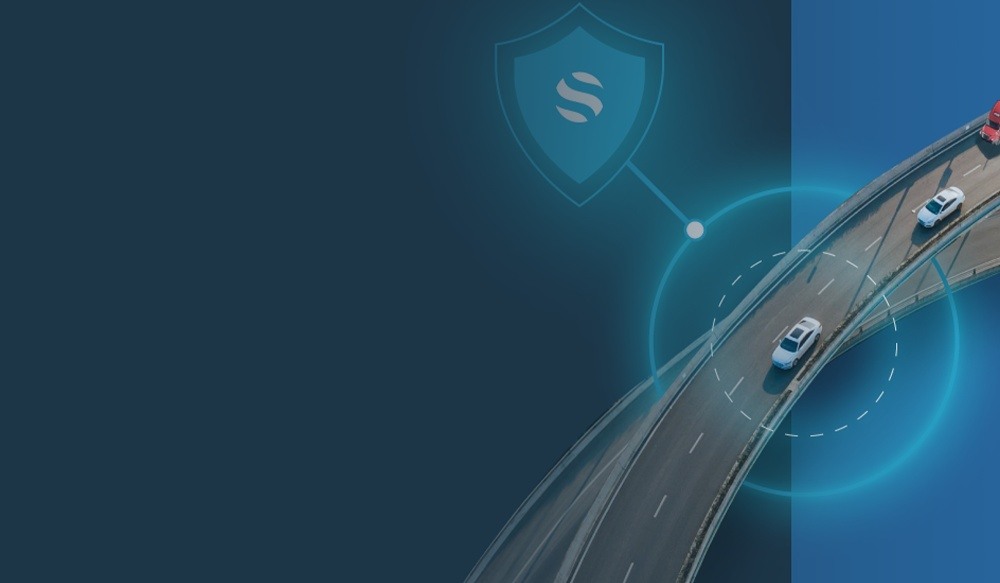
In today’s fast-paced business landscape, millions of employees rely on their personal vehicles to fulfill their work responsibilities. This category of employees is often referred to within a company as a “grey fleet,” or non-owned auto fleets. However, what many companies fail to realize is that unmanaged on-the-clock employees driving their own vehicles can expose them to significant liability and financial risk.
In our webinar, How to Protect Your Company from Non-Owned Auto Risk, General Counsel and Chief Compliance Office John Diana of SambaSafety sits down with Senior Vice President of Risk Control Greg Stefan of Arch Insurance to explore the hidden risks associated with non-owned auto drivers and offer valuable strategies to safeguard your employees and bottom line.
Check Out Our FREE On-Demand Webinar: How to Protect Your Company from Non-Owned Auto Risk
Your Fleet Is Larger than You Think
There are three main types of fleets. The first type includes commercial vehicles regulated by the US Department of Transportation (DOT) and the Federal Motor Carrier Safety Administration (FMCSA). These vehicles have specific requirements and need specialized licenses and training. The second type consists of company-owned fleets driven by non-CDL drivers that are not subject to FMCSA regulations.
The third type is known as non-owned auto fleets. This category is growing as businesses rely more on employees’ vehicles instead of company-owned ones. Even though employees drive these vehicles, the company is still responsible and liable when they are used for work.
Non-owned auto fleets are often overlooked but can be the riskiest. Unlike regulated drivers with extensive training, non-owned auto drivers have other primary occupations and may not have the same level of driving expertise.
Misconceptions about Personal Auto Liability Coverage
Many people mistakenly believe that when an employee uses their own vehicle for work, their personal auto insurance will cover any risks. While personal insurance provides some coverage, it often has low limits that may not be sufficient.
For example, in California, coverage limits for bodily injury can be as low as $15,000 for one person and $30,000 for multiple people. There are also limits for property damage.
Considering the potential seriousness of crashes, these limits can be easily exceeded. Initially, claims may be made against personal policies, but once those limits are reached, plaintiffs will seek damages from the employer.
Non-Owned Auto: A Serious Risk to Your Business
The relevance of this information today lies in the increasing cost of claims and the serious legal risks faced by companies.
Insurance premiums have risen, and various factors contribute to higher auto exposure costs, such as expensive and complex vehicles equipped with costly features. Consequently, the expenses associated with crashes are higher than ever before.
Beyond insurance costs, there is also the potential for significant legal risk when crashes occur, especially when considering the rise in nuclear verdicts. These incidents can have damaging consequences for a company.
Watch the Webinar On-Demand
There are many misconceptions regarding an employer’s role when it comes to non-owned auto. To further explore this critical topic, watch our webinar below. You’ll discover important information regarding your responsibilities as an employer, common trends and issues, legal and insurance considerations as well as actionable strategies you can implement to better protect your business.




